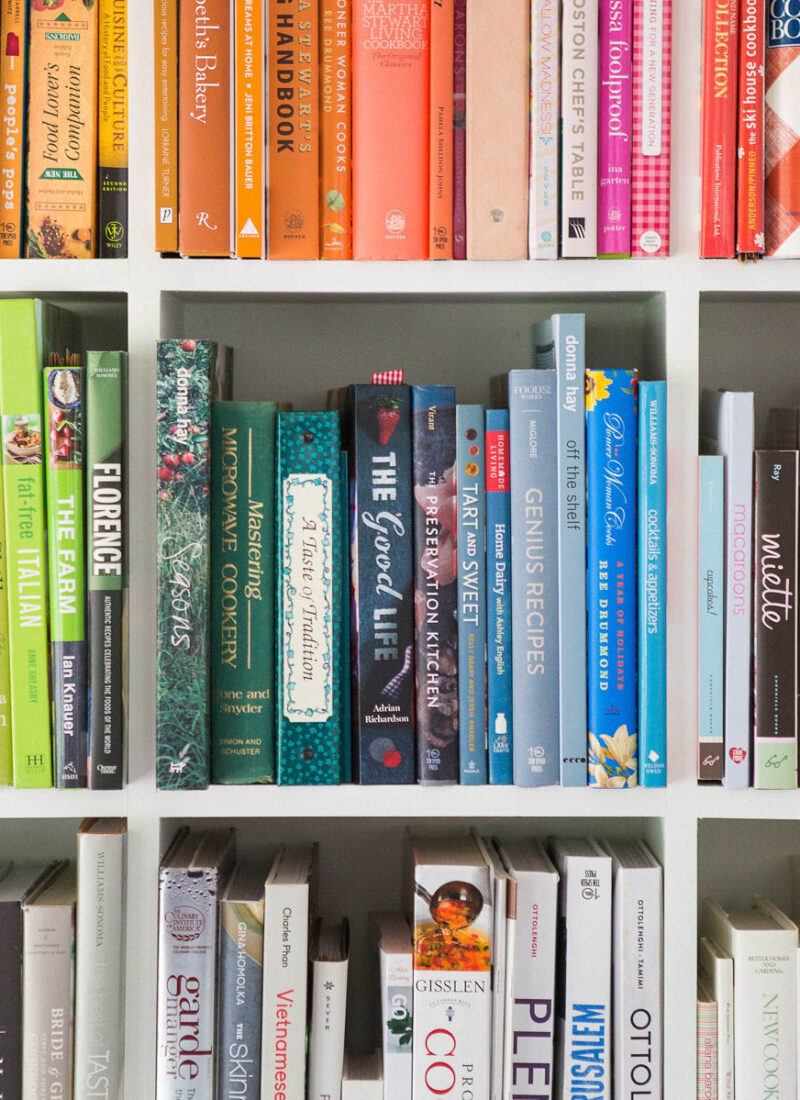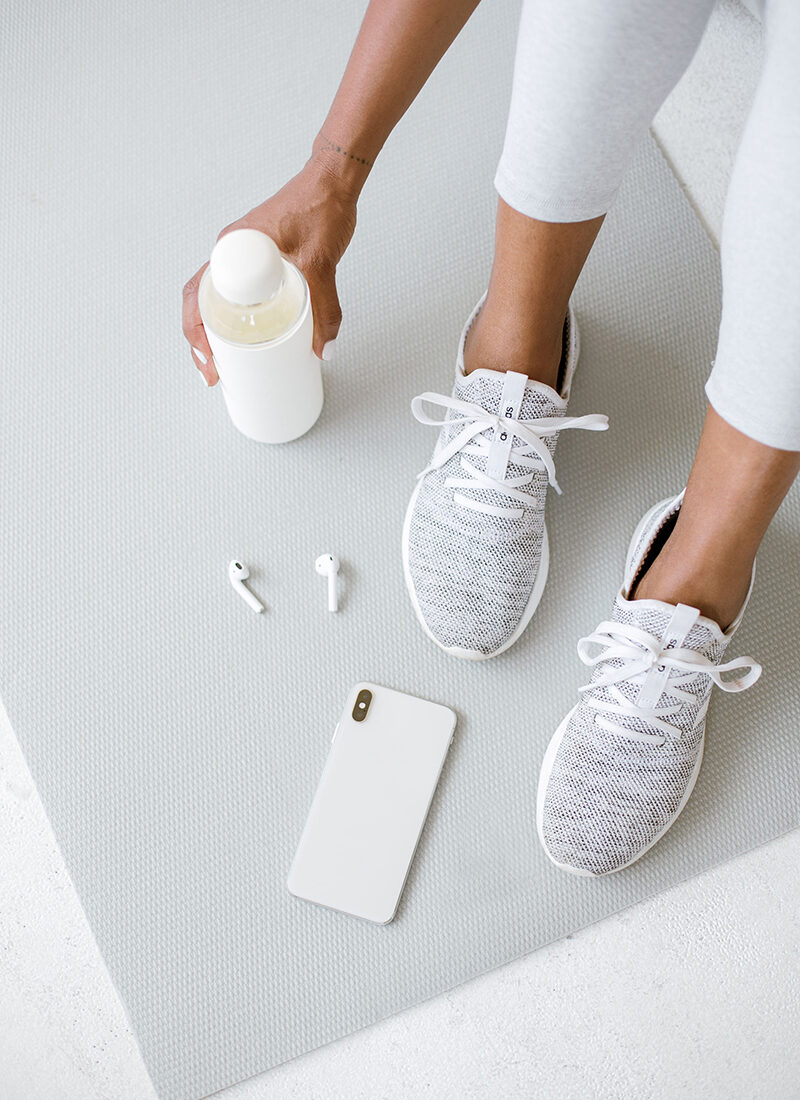As parents, we all want our children to be happy and healthy, and providing them with an outdoor play area can help achieve this goal. Outdoor play has numerous benefits for children, including improved physical health, emotional well-being, and cognitive development. But where do you begin when creating an outdoor play area for your kids? In this article, we’ll explore some tips and inspiration to help you design an outdoor play area that will encourage creativity, exploration, and outdoor fun.

Assess Your Space and Budget
The first step in creating an outdoor play area is to assess your space and budget. Do you have a large backyard or a small patio? Are you working with a limited budget, or can you afford to invest in more expensive play equipment? These factors will influence the type of play equipment you choose and the overall layout of your play area.
When assessing your space, consider the amount of open space available for play, any existing features like trees or bushes, and any potential hazards like pools or steep drop-offs. It’s also important to consider your neighbours and any local regulations regarding outdoor play areas.
In terms of budget, there are many options for creating an outdoor play area that fits your needs and budget. From DIY projects to pre-built playsets, there is something for every budget.
Choose Play Equipment
The next step is to choose the play equipment for your outdoor play area. This could include things like a swing set, a sandbox, a playhouse, a kids trampoline, a seesaw, or a climbing wall. By providing various options, you can encourage your kids to explore and discover their favourite ways to play.
When choosing play equipment, consider your child’s age and abilities. A small swing set or a sandbox may be more appropriate for younger children and seesaws, while older children may prefer a more challenging climbing wall or trampoline.
It’s also important to consider safety when choosing play equipment. Look for equipment that meets safety standards and is age-appropriate. Make sure any equipment you choose is installed correctly and is anchored securely to the ground.

Encourage Creativity
Outdoor play is an excellent opportunity for children to use their imagination and creativity. To encourage these qualities, consider including open-ended play equipment like loose parts, art supplies, or building materials. You could also create a nature exploration area where your kids can collect leaves, rocks, and other natural items to use in their play.
By providing open-ended play opportunities, you’ll encourage your children to explore and discover new ways to play. This type of play also helps children develop problem-solving and critical thinking skills as they figure out how to use the materials in different ways.
Provide Shade and Seating
To make your outdoor play area more comfortable for both kids and adults, it’s a good idea to provide some shade and seating. This could be as simple as a large umbrella and some folding chairs or as elaborate as a pergola with built-in benches. By creating a comfortable outdoor space, you’ll be more likely to use your play area regularly.
When choosing seating options, consider the durability of the materials and their resistance to weathering. You may also want to choose seating options that can be easily moved, so you can reconfigure your play area as needed.
Make it Safe
Safety should always be a top priority when designing an outdoor play area. Make sure any play equipment you choose meets safety standards and is installed correctly. You should also consider adding soft surfaces like rubber mulch or pea gravel underneath play equipment to cushion falls.
It’s also a good idea to regularly inspect your play area for any potential hazards or damage. Check equipment for rust, loose bolts, or other signs of wear and tear. Make any necessary repairs or replacements to ensure that your play area is always safe for your children to use.
Additionally, it’s important to teach your children about outdoor play safety. Encourage them to wear appropriate clothing and footwear and to use equipment properly. Establish clear rules about how to use the equipment and supervise your children’s play to ensure they are following the rules.
Add Landscaping
Adding landscaping to your outdoor play area can help create a more inviting and engaging space. Consider adding plants, flowers, and trees to add colour and texture to your play area. You could also create a natural boundary using shrubs or hedges.
Landscaping can also help create different play zones within your play area. For example, you could create a designated area for gardening or a sensory garden with different textures and scents.
When choosing plants, consider their durability and resistance to weathering. You may also want to choose plants that are non-toxic and safe for children to touch and explore.
Incorporate Water Features
Water features can be a fun and engaging addition to any outdoor play area. Consider adding a small water table, a sprinkler, or a small pond (if local regulations permit). These features can provide hours of entertainment for your children and help keep them cool on hot summer days.
When incorporating water features, it’s important to ensure that they are safe and age-appropriate. Supervise your children’s play around water features and make sure they understand how to use them safely.
Consider Year-Round Use
To make the most of your outdoor play area, consider designing it for year-round use. In colder climates, this may mean adding a heater or fire pit to keep your play area warm during the winter months. In warmer climates, this may mean adding misters or fans to keep your play area cool during the summer.
You may also want to consider adding lighting to your play area to extend the hours of play. This could include solar-powered lights, string lights, or landscape lighting.
Make it Personalised
Finally, make your outdoor play area personalised and unique to your family’s interests and needs. This could include adding artwork, creating a themed play area, or incorporating your child’s favourite colours and designs.
Personalising your play area can help create a sense of ownership and pride for your children. It can also make your play area more inviting and engaging for their friends and playmates.
Conclusion
In conclusion, creating an outdoor play area for your kids can provide numerous benefits for their physical, emotional, and cognitive development, as seen here. By following these tips and inspiration, you can design an outdoor play area to encourage creativity, exploration, and outdoor fun for your children. Remember always to prioritise safety and age-appropriate play when designing your play area. Have fun!

If you enjoyed this travel piece head over to my Exploring A New Country: How To Immerse Yourself Into The Culture Safely and A Scottish Adventure: 4 Things You Need To Know




Leave a Reply